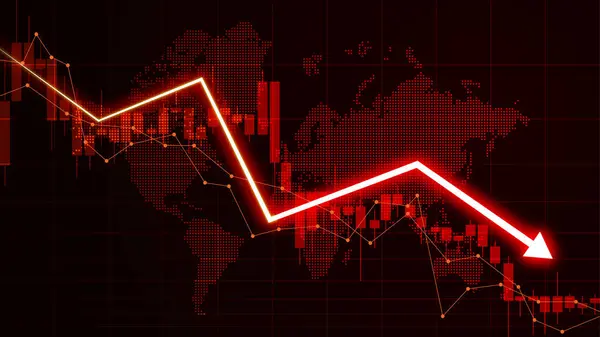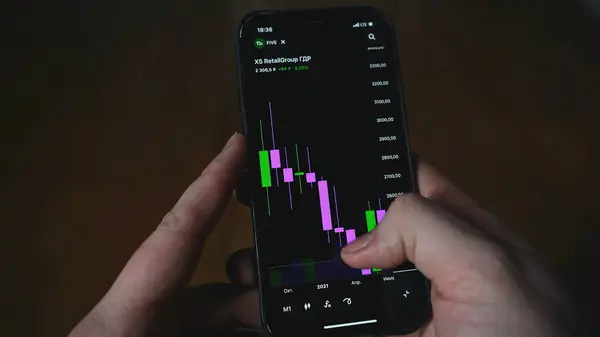
The sudden revelation of Michael Burry’s $1.1 billion bearish bet against Nvidia and Palantir has sent shockwaves through Wall Street, stirring memories of the late-1990s dot-com mania. Famed for his prescient call before the 2008 implosion in the housing markets, this move by Burry underscores deep skepticism over the durability of today’s artificial intelligence boom. His fund, Scion Asset Management, has amassed $912 million in put contracts on Palantir and $187 million on Nvidia, a bet that these high-flying stocks will decline.

1. The Anatomy of Burry’s Bet
Put options allow investors to sell a stock at a predetermined value and profit if the share price falls. Burry’s positions represent exposure to roughly one million Nvidia shares and five million Palantir shares. Both companies have seen meteoric gains-Nvidia’s valuation recently eclipsed $5 trillion, greater than Germany’s GDP-while Palantir’s stock is up more than 400% in the past year. But Burry’s charts on X show slowing cloud growth at Amazon, Alphabet, and Microsoft, and capital expenditure levels reminiscent of the dot-com era.

2. Back to 1999
Burry’s warning draws on historical parallels. During 1999–2000, surging tech capex and speculative enthusiasm drove valuations to extremes before the crash. The Buffett Indicatormarket cap relative to GDPpeaked at 140% then; it currently exceeds 210%. Overinvestment in infrastructure in those dayslike the 80 million miles of fiber optic cable laid across the U.S.left 85–95% unused for years. Today, a current $320 billion infrastructure buildout for the AI sector, entailing projects such as the OpenAI $500 billion Stargate network, runs similar risks of overcapacity.

3. Expert Warnings
Sam Altman, the chief executive of OpenAI, has warned that “smart people get overexcited about a kernel of truth,” comparing AI’s hype to the dot-com bubble. A study by MIT discovered that 95% of all AI pilot projects return zero, even though $30-40 billion has been invested in generative AI. Steve Sosnick at Interactive Brokers says investors may soon begin to wonder whether “all this money is not actually being spent all that wisely.” Hedge fund veteran Paul Tudor Jones has termed it “Bubble 2.0,” one that might be more explosive than the one in 1999.

4. The Valuation Gap
While the leaders in AI, such as Microsoft’s Azure and OpenAI, generate billions of dollars in revenue, the chasm between investment and return remains stark. In the last two years, Microsoft, Meta, Tesla, Amazon, and Google have invested around $560 billion in AI infrastructure and earned around $35 billion in revenue related to AI. This mismatch echoes the focus on growth metrics over profitability seen during the dot-com era.

5. Market Reaction
Following Burry’s disclosure, Nvidia dropped about 2% premarket and Palantir tumbled about 7%. Angelo Zino with CFRA Research said that with already existing concerns about the company being in a bubble, the comments from Burry helped lead to a broader pullback in tech. Palantir CEO Alex Karp called the short “super weird” and “crazy motivating,” adding that the company will “triple down on getting the better numbers.”

6. Psychological Strategies for Investors
Periods of fear about bubbles may unnerve even the seasoned investor. Various historical case studies underline the importance of emotional discipline. Experts recommend portfolio diversification, focus on fundamentals rather than hype, and pre-defined exit strategies. During the dot-com crash, those who maintained balanced exposure and avoided chasing speculative peaks weathered the downturn more effectively.

7. Lessons from Past Bubbles
The dot-com collapse was triggered by a combination of rising interest rates, global recession fears, and the realization that many companies lacked viable business models. For AI, the test is whether infrastructure spending translates into sustainable revenue. Investors who study past bubbles understand that even transformative technologies can be in for painful corrections when expectations outrun reality.

8. The Timing Challenge
Even with the conviction, it has always been very tough to time a bubble’s burst. Jamie Dimon, chief executive of JPMorgan Chase, says there might be a correction in the market, but “the timing of these things is almost impossible.” Burry himself has issued mistimed calls, as his foresight did not pay off immediately.

While the long-term potential of AI is boundless, Burry’s $1.1 billion bet is a stark reminder that valuations unmoored from near-term returns can invite sharp reversals. To investors, the message is clear: enthusiasm needs to be tempered with vigilance; and history’s lessons are not to be ignored.


